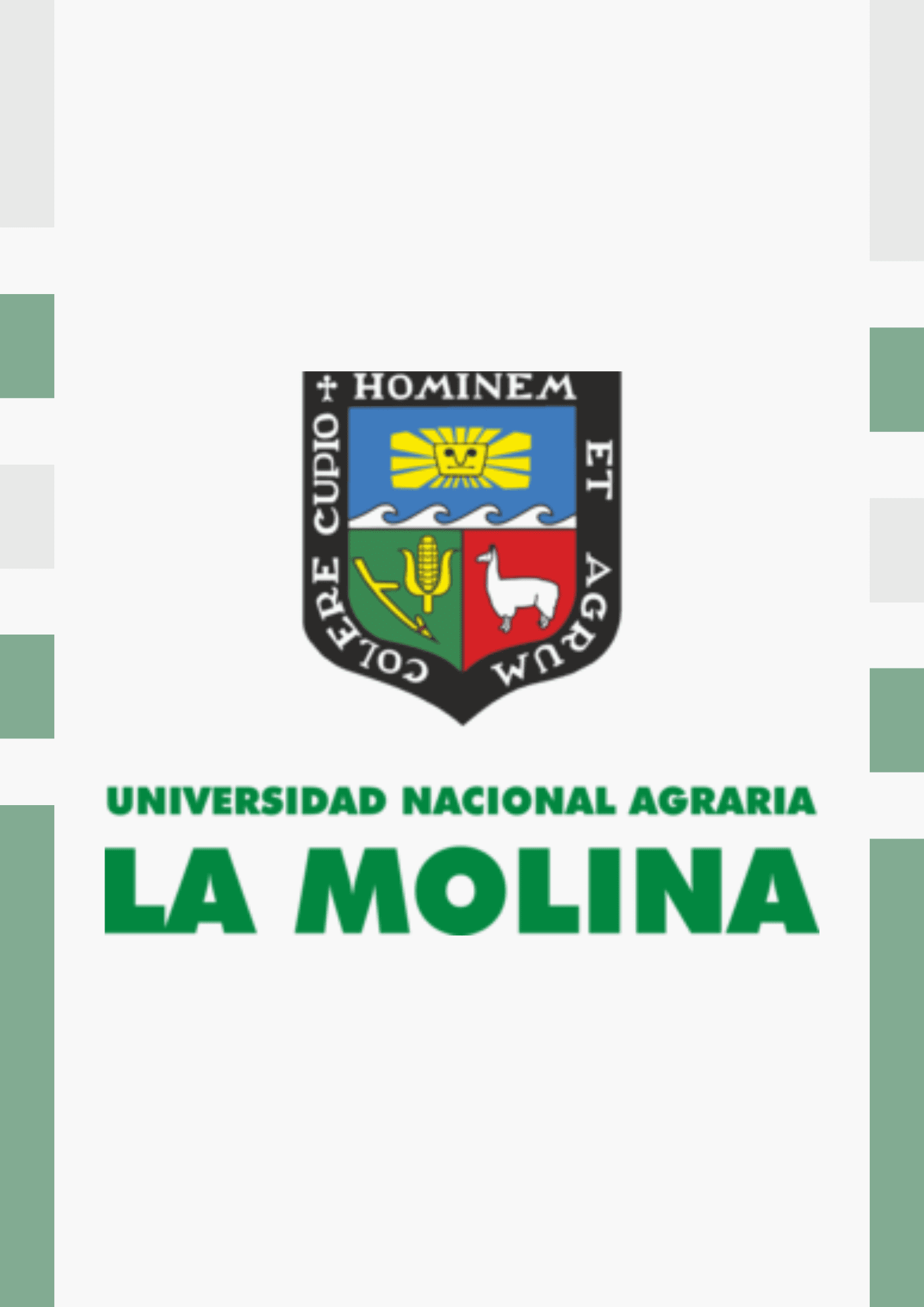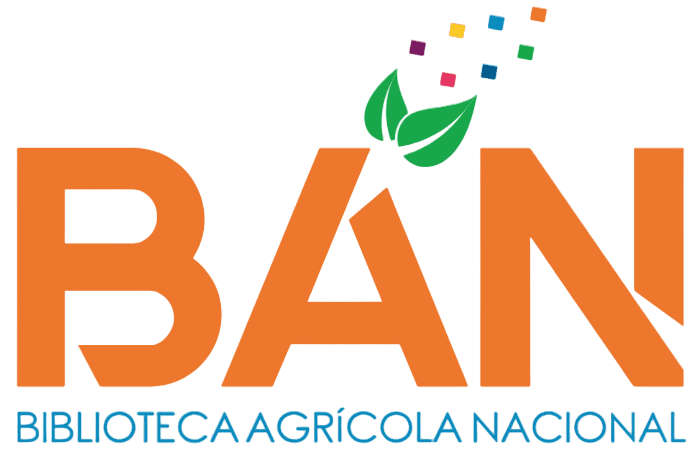Análisis hidrométrico en cuencas de alta montaña durante época húmeda: un enfoque triregional en Ayacucho, Cajamarca y Puno
| dc.contributor.advisor | Mejía Marcacuzco, Jesús Abel | |
| dc.contributor.advisor | Espinoza Varillas, Kithner Alfonso | |
| dc.contributor.author | Narváez Jara, Kevin Luis | |
| dc.date.accessioned | 2025-05-22T17:36:47Z | |
| dc.date.available | 2025-05-22T17:36:47Z | |
| dc.date.issued | 2025 | |
| dc.description | Universidad Nacional Agraria La Molina. Facultad de Ingeniería Agrícola. Departamento Académico de Recursos Hídricos | |
| dc.description.abstract | La hidrometría es esencial para prever caudales extremos y gestionar las cuencas hidrográficas de forma sostenible, especialmente en regiones de alta montaña, donde las variaciones hidrológicas son significativas. Este estudio analizó la hidrometría en ríos de cuencas de Ayacucho, Cajamarca y Puno durante la época húmeda, cuantificando caudales mediante cuatro técnicas de medición. Se registraron y compensaron datos de tirantes de agua utilizando el software Solinst, y posteriormente, los caudales fueron estimados mediante el método correntómetro, flotador, trazador químico y videocámara, procesando la información en el software Hydraccess. La incertidumbre se evaluó bajo la norma ISO EN 748 empleando el correntómetro como técnica de referencia y estableciendo límites de confiabilidad al 95% en las curvas de gasto. Los resultados mostraron una variabilidad en los niveles y caudales máximos registrados entre estaciones. En Huancayocc, los caudales oscilaron entre 2 a 11 m³/s; en Luricocha, entre 3 a 10 m³/s; en Sexemayo, entre 9 a 450 L/s; mientras que en los ríos Charamaya y Conaviri se registraron caudales de 4 a 30 m³/s y de 5 a 39 m³/s, respectivamente. Las técnicas de aforo presentaron menor dispersión en caudales bajos menores a 1 m³/s, y aunque la videocámara resultó útil para flujos altos, requiere corroboración con otro método. El trazador químico fue ineficaz en ríos de baja velocidad y poca turbulencia, y la incertidumbre global en las estaciones osciló entre 10% y 28%. | |
| dc.description.abstract | Hydrometry is essential for predicting extreme flows and sustainably managing river basins, particularly in high mountain regions where hydrological variability is significant. This study analyzed hydrometric conditions in rivers across the Ayacucho, Cajamarca, and Puno basins during the wet season, quantifying discharge using four measurement techniques. Water stage data were recorded and corrected using Solinst software, and discharge was subsequently estimated through the current meter, float, chemical tracer, and video camera methods, with data processed in Hydraccess software. Uncertainty was assessed following ISO EN 748 standards, using the current meter as the reference technique and establishing 95% confidence limits in the rating curves. Results revealed notable variability in maximum water levels and discharges across stations: in Huancayocc, discharges ranged from 2 to 11 m³/s; in Luricocha, from 3 to 10 m³/s; in Sexemayo, from 9 to 450 L/s; and in the Charamaya and Conaviri rivers, from 4 to 30 m³/s and 5 to 39 m³/s, respectively. The flow measurement techniques showed lower dispersion for low flows below 1 m³/s, and although the video camera method was useful for high flows, it requires validation with another technique. The chemical tracer method proved ineffective in low-velocity, low-turbulence rivers, and overall uncertainty across stations ranged between 10% and 28%. | |
| dc.format | application/pdf | |
| dc.identifier.uri | https://hdl.handle.net/20.500.12996/7120 | |
| dc.language.iso | spa | |
| dc.publisher | Universidad Nacional Agraria La Molina | |
| dc.publisher.country | PE | |
| dc.rights | info:eu-repo/semantics/openAccess | |
| dc.rights.uri | https://creativecommons.org/licenses/by-nc-nd/4.0/ | |
| dc.subject | Hidrometría | |
| dc.subject.ocde | Pendiente | |
| dc.title | Análisis hidrométrico en cuencas de alta montaña durante época húmeda: un enfoque triregional en Ayacucho, Cajamarca y Puno | |
| dc.type | info:eu-repo/semantics/bachelorThesis | |
| dc.type.version | info:eu-repo/semantics/publishedVersion | |
| renati.advisor.dni | 06443739 | |
| renati.advisor.dni | 47640247 | |
| renati.advisor.orcid | https://orcid.org/0000-0002-9070-3898 | |
| renati.advisor.orcid | https://orcid.org/0000-0002-3656-8007 | |
| renati.author.dni | 73142274 | |
| renati.discipline | 811096 | |
| renati.juror | Vásquez Villanueva, Absalón | |
| renati.juror | Ibáñez Blancas, Alexis Nicolás | |
| renati.juror | Ramos Taipe, Cayo Leonidas | |
| renati.level | https://purl.org/pe-repo/renati/level#tituloProfesional | |
| renati.type | https://purl.org/pe-repo/renati/type#tesis | |
| thesis.degree.discipline | Ingeniería Agrícola | |
| thesis.degree.grantor | Universidad Nacional Agraria La Molina. Facultad de Ingeniería Agrícola | |
| thesis.degree.name | Ingeniero Agrícola |
Files
Original bundle
1 - 3 of 3
Loading...
- Name:
- narvaez-jara-kevin-luis.pdf
- Size:
- 12.56 MB
- Format:
- Adobe Portable Document Format
- Description:
- Texto completo

- Name:
- Turnitin report-NARVAEZ Kevin.pdf
- Size:
- 10.18 MB
- Format:
- Adobe Portable Document Format
- Description:
- Informe originalidad
License bundle
1 - 1 of 1

- Name:
- license.txt
- Size:
- 1.63 KB
- Format:
- Item-specific license agreed upon to submission
- Description:

